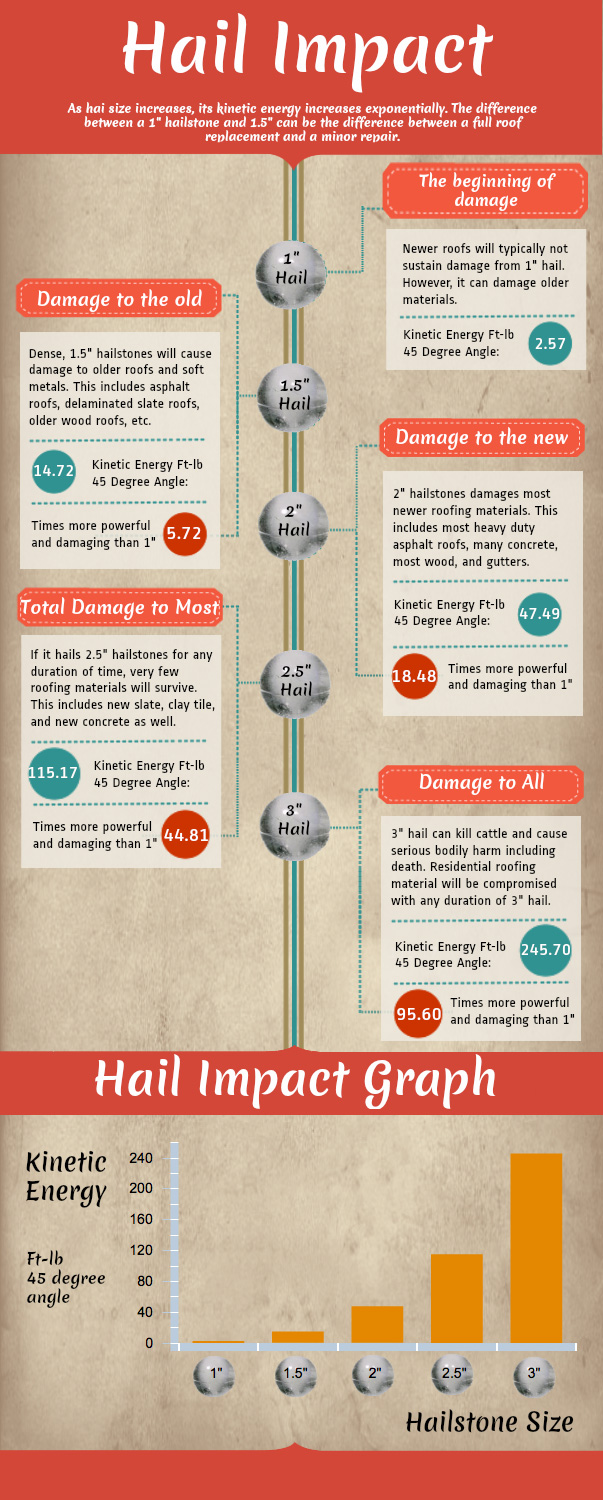The Contribution Of Roofing Air Flow To A Successful Setup Process
The Contribution Of Roofing Air Flow To A Successful Setup Process
Blog Article
Web Content Writer-Kehoe Manning
When you're dealing with a roof task, you might not think much regarding roof ventilation, yet it's even more essential than you understand. Reliable ventilation aids manage temperature and moisture in your attic, avoiding issues like mold and mildew and architectural damages. By comprehending how to make and set up a well balanced air flow system, you can boost power performance and prolong the life expectancy of your roof materials. So, what are the crucial aspects to consider during installation that can make all the distinction?
Importance of Roofing System Ventilation
Roof ventilation plays a crucial role in maintaining the overall health of your home. By permitting fresh air to distribute with your attic room, it aids manage temperature level and dampness degrees. This equilibrium is necessary to protect against warm accumulation during hot months, which can lead to enhanced power prices as your a/c burns the midnight oil.
Moreover, correct air flow substantially lowers the risk of moisture-related concerns like mold and mildew and mold. If humidity levels rise, your home's architectural honesty can be jeopardized, leading to expensive repairs. You would not intend to handle decaying timber or warped roofing products, right?
Furthermore, appropriate air flow extends the life-span of your roofing system. When https://best-roofing-contractor17384.spintheblog.com/34336062/missing-shingles-and-leakages-may-suggest-your-roofing-requires-immediate-focus-find-the-critical-indicators-that-shouldn-t-be-overlooked and dampness are kept in check, your roof covering can carry out ideally, stopping early damage. This suggests less migraines and expenditures down the line.
Exactly How Roof Ventilation Works
Efficient roofing air flow counts on the all-natural movement of air to create an equilibrium between consumption and exhaust. When you mount vents, you're essentially allowing fresh air to enter your attic room while allowing warm, stagnant air to leave. This process aids control temperature and dampness levels, stopping issues like mold and mildew development and roof damages.
Intake vents, commonly located at the eaves, draw in great air from outside. On the other hand, exhaust vents, situated near the ridge of the roof covering, let hot air increase and exit. https://www.businessobserverfl.com/article/authorities-roofing-firm-exec-bought-dollar700k-boat-with-ppp-funds in temperature level creates a natural airflow, referred to as the pile effect. As cozy air surges, it develops a vacuum cleaner that pulls in cooler air from the lower vents.
To maximize this system, you need to make certain that the consumption and exhaust vents are correctly sized and placed. If the intake is restricted, you won't accomplish the preferred air flow.
Also, inadequate exhaust can trap warmth and moisture, resulting in potential damages.
Trick Installation Factors To Consider
When installing roofing system air flow, several crucial considerations can make or break your system's effectiveness. First, you need to assess your roofing system's design. The pitch, form, and materials all affect airflow and ventilation selection. Make certain to select vents that suit your roofing system type and regional climate problems.
Next, think about the positioning of your vents. Ideally, you'll want a balanced system with consumption and exhaust vents positioned for ideal air movement. Area intake vents low on the roofing system and exhaust vents near the top to encourage a natural circulation of air. This configuration helps avoid dampness buildup and advertises power effectiveness.
Do not forget insulation. Proper insulation in your attic prevents warm from getting away and maintains your home comfortable. Make sure that insulation does not block your vents, as this can hinder air flow.
Lastly, think of maintenance. Select ventilation systems that are very easy to gain access to for cleansing and evaluation. Routine upkeep guarantees your system remains to work properly over time.
Verdict
Finally, roofing ventilation is vital for an effective installation. By making sure correct air flow, you can stop heat buildup and dampness problems that cause expensive damages. When you purposefully position intake and exhaust vents, you boost power effectiveness and prolong the life-span of your roof covering. Keep in mind, a well-ventilated roof not just protects your investment however also enhances your indoor air top quality. So, focus on ventilation to ensure a resilient and cost-efficient roofing system for your home.
